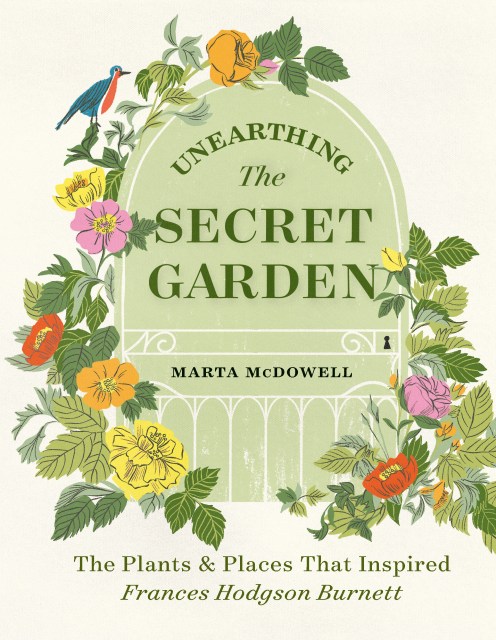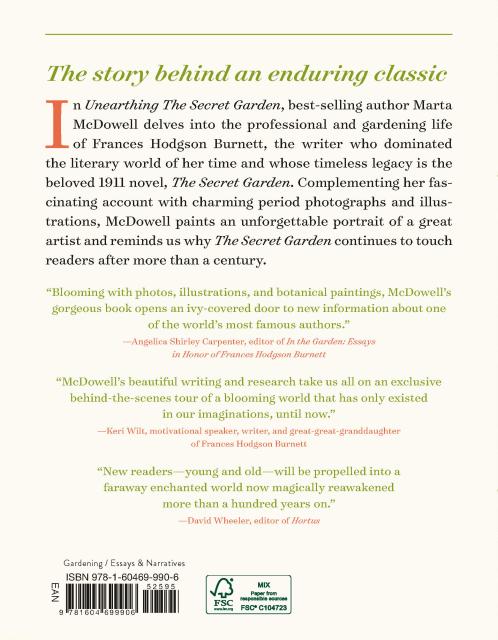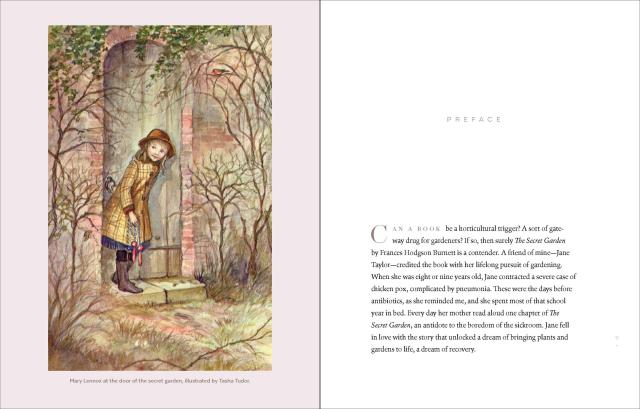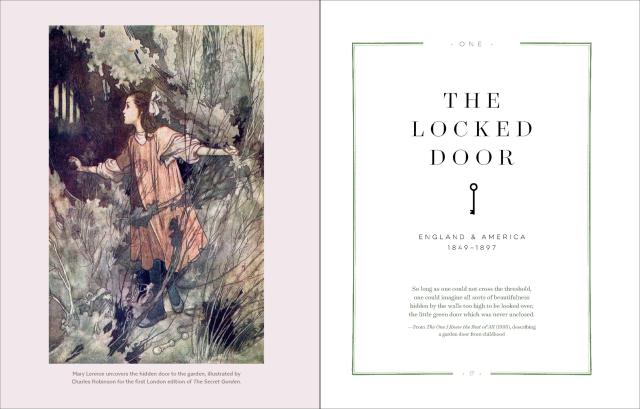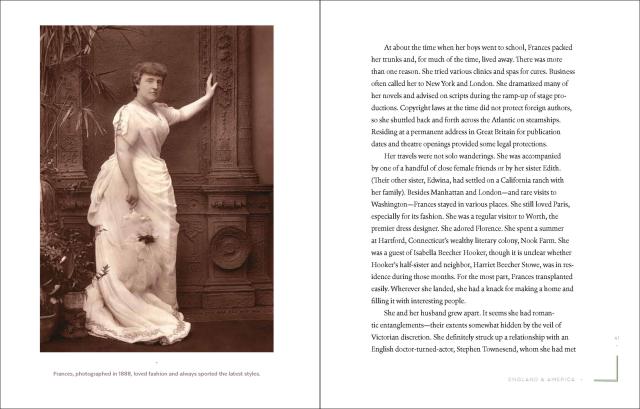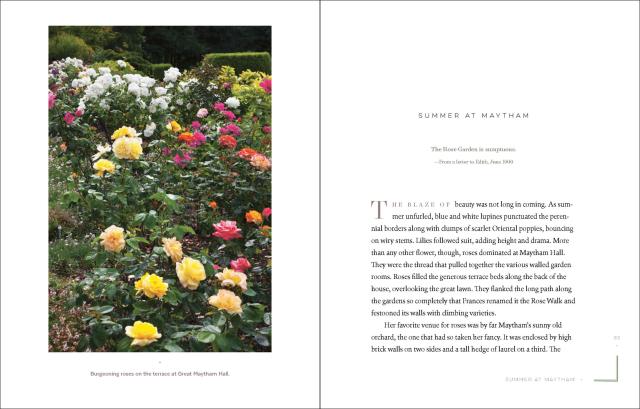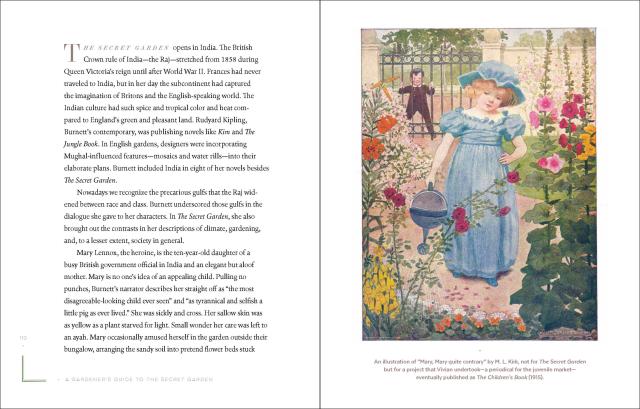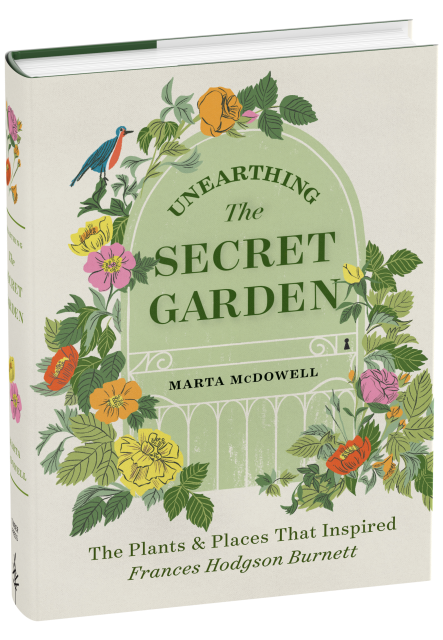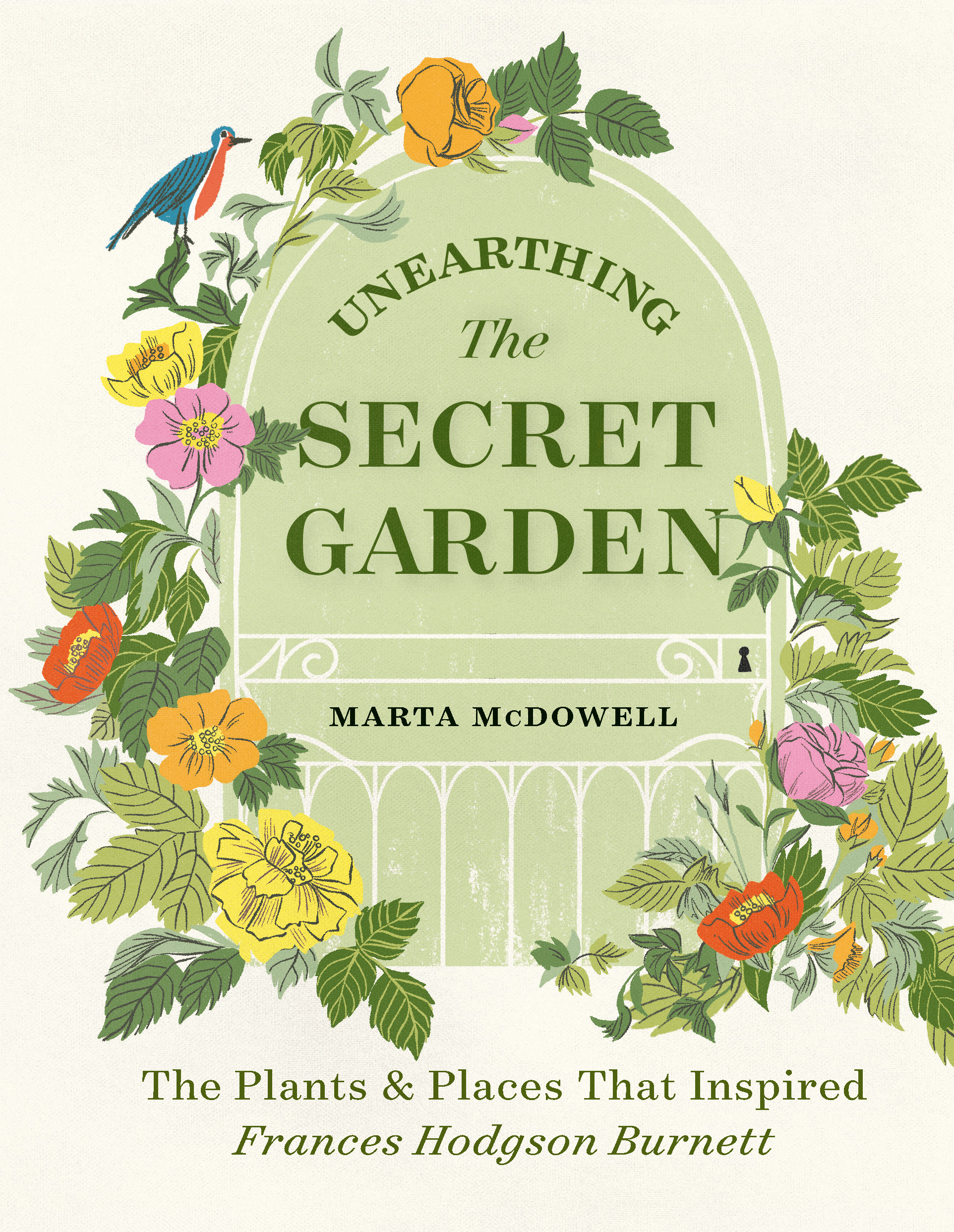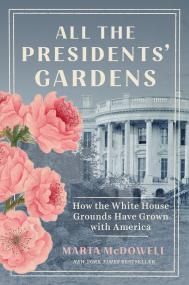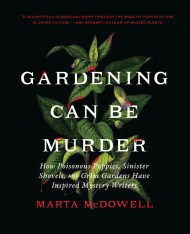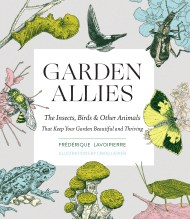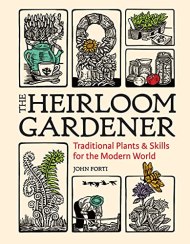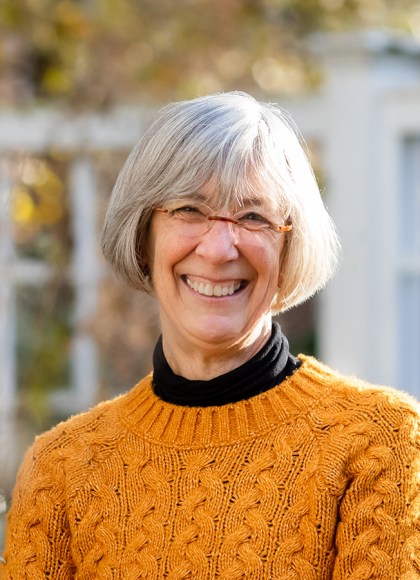Promotion
Use code MOM24 for 20% off site wide + free shipping over $45
Unearthing The Secret Garden
The Plants and Places That Inspired Frances Hodgson Burnett
Contributors
Formats and Prices
Price
$25.95Price
$32.95 CADFormat
Format:
- Hardcover $25.95 $32.95 CAD
- ebook $12.99 $16.99 CAD
- Audiobook Download (Unabridged) $18.99
This item is a preorder. Your payment method will be charged immediately, and the product is expected to ship on or around October 12, 2021. This date is subject to change due to shipping delays beyond our control.
Also available from:
“Affectionate and informative, Unearthing the Secret Garden is not unlike a garden itself, with its smooth lawns of prose and striking shows of illustration and photography.” —The Wall Street Journal
New York Times bestselling author Marta McDowell has revealed the way that plants have stirred some of our most cherished authors, including Beatrix Potter, Emily Dickinson, and Laura Ingalls Wilder. In her latest, she shares a moving account of how gardening deeply inspired Frances Hodgson Burnett, the author of the beloved children’s classic The Secret Garden.
In Unearthing The Secret Garden, McDowell delves into the professional and gardening life of Frances Hodgson Burnett. Complementing her fascinating account with charming period photographs and illustrations, McDowell paints an unforgettable portrait of a great artist and reminds us why The Secret Garden continues to touch readers after more than a century. This deeply moving and gift-worthy book is a must-read for fans of The Secret Garden and anyone who loves the story behind the story.
Genre:
-
“From walled and terraced flower beds can sprout beloved children’s fiction, as the historian Marta McDowell chronicles in Unearthing the Secret Garden.” —The New York Times
“Affectionate and informative, Unearthing the Secret Garden is not unlike a garden itself, with its smooth lawns of prose and striking shows of illustration and photography. As in Burnett’s enclosures at Maytham Hall, one is forever turning a corner—or, rather, a page—and coming across a fresh vista.” —The Wall Street Journal
“With a sprightly tone, infectious enthusiasm, and a professor’s penchant for scholarly detail, McDowell brings keen insight and critical assessment to the life and works of this beloved author.” —Booklist
“This book is for anyone who loves reading or gardening or exploring the history of places and lives entwined.” —Gardens Illustrated
“Rich in details, lavish with illustrations, including many from the story’s various print versions, this book is a must-have for anyone whose first horticulture passions were triggered by hat gateway drug to gardening, otherwise known as The Secret Garden.” —The Washington Gardener
“Blooming with photos, illustrations, and botanical paintings, McDowell’s gorgeous book opens an ivy-covered door to new information about one of the world’s most famous authors.”—Angelica Shirley Carpenter, editor of In the Garden: Essays in Honor of Frances Hodgson Burnett
“McDowell’s beautiful writing and research take us all on an exclusive behind-the-scenes tour of a blooming world that has only existed in our imaginations, until now.”—Keri Wilt, motivational speaker and writer and great-great-granddaughter of Frances Hodgson Burnett
“McDowell’s blending of this abiding fiction with its author’s real life is safe and sure. New readers—young and old—will be propelled into a faraway enchanted world now magically reawakened more than a hundred years on.”—David Wheeler, editor, Hortus
“Unearthing the Secret Garden brings Burnett to life as someone the reader would happily meet, in or out of her various gardens, to sit in the shade with a cheerful robin nearby while talking of roses and flowers and life.” —Bellwood Gardens
“Marta McDowell’s gorgeous, deeply felt tribute to the timeless tale. Filled with photographs of the flowers, plants, and gardens that inspired Burnett.” —The Literary Ladies Guide
“Marta McDowell comprehensively explores the esteemed author's life before her famous story and after it, and includes a guide to the book itself.” —Bas Bleu
“McDowell will help us see how Burnett’s gardens evolved and were influenced by her book before, during and after its publication." —The Start Democrat
“This charming book is a must-read for fans of The Secret Garden and anyone who loves the story behind the story.” —The Emporia Gazette -
“From walled and terraced flower beds can sprout beloved children’s fiction, as the historian Marta McDowell chronicles in Unearthing the Secret Garden.” —The New York Times
“Affectionate and informative, Unearthing the Secret Garden is not unlike a garden itself, with its smooth lawns of prose and striking shows of illustration and photography. As in Burnett’s enclosures at Maytham Hall, one is forever turning a corner—or, rather, a page—and coming across a fresh vista.” —The Wall Street Journal
“With a sprightly tone, infectious enthusiasm, and a professor’s penchant for scholarly detail, McDowell brings keen insight and critical assessment to the life and works of this beloved author.” —Booklist
“This book is for anyone who loves reading or gardening or exploring the history of places and lives entwined.” —Gardens Illustrated
“Rich in details, lavish with illustrations, including many from the story’s various print versions, this book is a must-have for anyone whose first horticulture passions were triggered by hat gateway drug to gardening, otherwise known as The Secret Garden.” —The Washington Gardener
“Blooming with photos, illustrations, and botanical paintings, McDowell’s gorgeous book opens an ivy-covered door to new information about one of the world’s most famous authors.”—Angelica Shirley Carpenter, editor of In the Garden: Essays in Honor of Frances Hodgson Burnett
“McDowell’s beautiful writing and research take us all on an exclusive behind-the-scenes tour of a blooming world that has only existed in our imaginations, until now.”—Keri Wilt, motivational speaker and writer and great-great-granddaughter of Frances Hodgson Burnett
“McDowell’s blending of this abiding fiction with its author’s real life is safe and sure. New readers—young and old—will be propelled into a faraway enchanted world now magically reawakened more than a hundred years on.”—David Wheeler, editor, Hortus
“Unearthing the Secret Garden brings Burnett to life as someone the reader would happily meet, in or out of her various gardens, to sit in the shade with a cheerful robin nearby while talking of roses and flowers and life.” —Bellwood Gardens
“Marta McDowell’s gorgeous, deeply felt tribute to the timeless tale. Filled with photographs of the flowers, plants, and gardens that inspired Burnett.” —The Literary Ladies Guide
“Marta McDowell comprehensively explores the esteemed author's life before her famous story and after it, and includes a guide to the book itself.” —Bas Bleu
“McDowell will help us see how Burnett’s gardens evolved and were influenced by her book before, during and after its publication." —The Start Democrat
- On Sale
- Oct 12, 2021
- Page Count
- 320 pages
- Publisher
- Timber Press
- ISBN-13
- 9781604699906
Newsletter Signup
By clicking ‘Sign Up,’ I acknowledge that I have read and agree to Hachette Book Group’s Privacy Policy and Terms of Use
